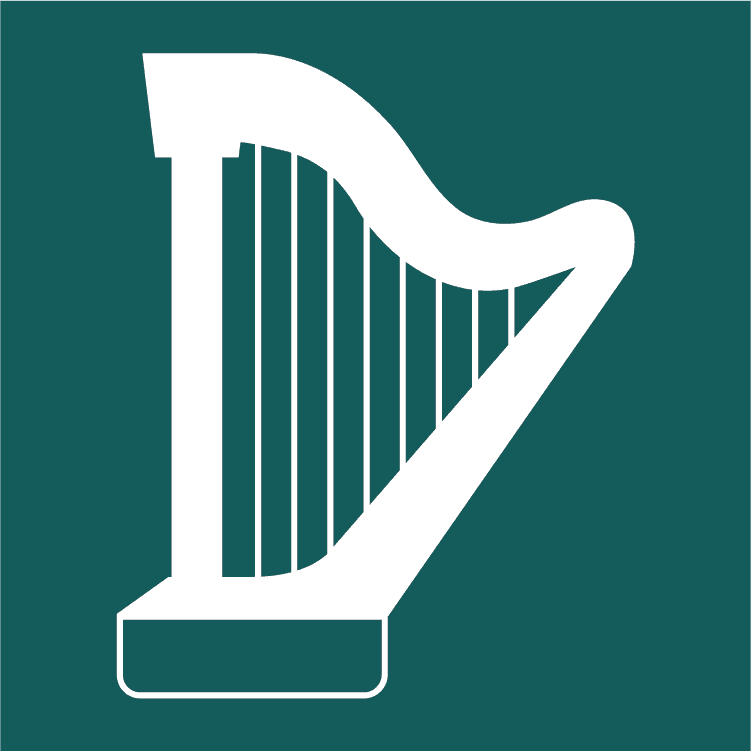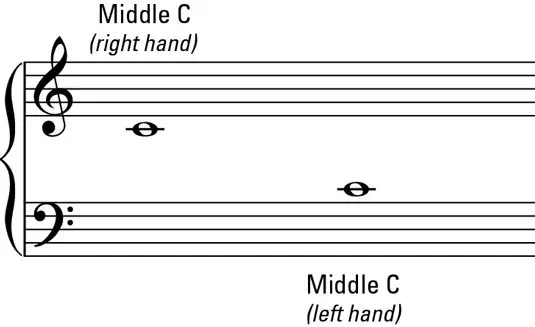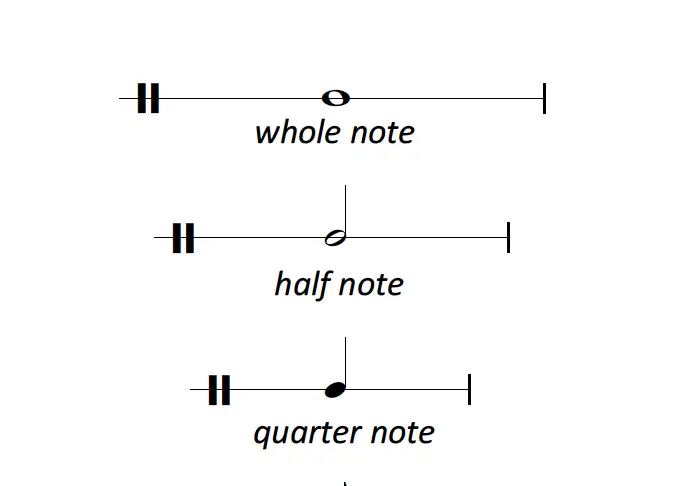how to Read Harp Sheet Music
Your one-stop self-help guide to reading harp sheet music

Understanding how to read music is a really crucial skill to have. But it is additionally a different skill from actually playing the harp. Why should we treat them as one and the same! As a part inside our ‘Beginner’s Guide To Learning The Harp’, we hope to provide you with the know-how and information to read music much better.

Musical Notation - where did it start?
Music is really a language; and similar to any language, it has a written form. Notation offers musicians all over the world a tool to communicate. A composer writes their piece with distinct icons, and provided you can read music, you can understand it, decipher it, and ultimately play it.
But when was it developed? Well, truly early examples have been discovered on natural stone tablets as long ago as 2000 B.C. Although the current variety we read now was actually designed by Catholic Monks to make church music all over the world a standard format!

Is Reading Music Vital?
Understanding how to read music will take effort and time. There are no two ways about it, it’s a difficult skill to master.
Some remarkable artists never learned, and there are widely used techniques including playing by ear, or by using chord patterns, that ultimately don’t require written music.
You could absolutely go down this path if you choose. Just understand that like riding a bicycle, reading music is a skill you always remember – and the benefits massively overshadow the drawbacks.
Which Strategy Should You Use?
When you learnt to read and write, did you treat them as the exact same process? Of course not. Controlling your hand motions with a pencil, learning the shapes of letters, focusing on how characters join together are all a radically different skill from using your eyes to work out what a combination of letters spells.
Reading music, and the whole process of learning to accomplish it is exactly the same.
The entire process of playing the harp is really a totally different skill from the process of reading the music that is placed in front of you. Yes, there is a relationship. But it’s not precisely the same. So any trainer who is not isolating out the two of these tasks, and teaching them through different techniques, really should be fired!
Discover The Basics Of Reading Musical Notation
The Grand Staff
For the harp, staff notation is actually organised around something known as the grand staff. This contains two staves (the name for the lines) of 5 lines and 4 spaces, linked by a brace on the left. The top staff is usually labelled using a treble clef (the squiggly thing at the beginning of the line)! The bottom staff is usually marked with a bass clef (looking like a backwards C).
Middle C sits in the gap in between the staves, on an imaginary line. Just as it is roughly the middle point of all notes available, it’s also the centre point on the staff.
Notes can sit on a line or in a space. The vertical placement (height) of the note specifies the pitch. The higher up the stave, the higher the pitch. When the note would need to go higher or lower than the stave lines, we create mini lines for each note that is higher or lower. These lines are known as ledger lines.

The notes
To stop counting up from middle C every time, we can take advantage of memory aids to recognise the notes. The 4 spaces of the treble staff spell out “FACE”.

The 5 lines of the treble staff are EGBDF. The acronyms that happen to be common are usually “Every Good Boy Does Fine” or “Every Girl Boss Does Fine.” We personally believe they are pretty terrible, and it’s much more entertaining to make up your own!

And just for an overall view, this is actually the full Grand Staff, with all notes…

Value of Notes
When reading music, we read from left to right. And now we know what location on the stave makes what note, we require extra instruction from the printed symbol. We need to know how long to hold the note for.
The overall shape of the note and if it’s filled in, tells us how long to hold the note for.
- A whole note (or if you are in the UK, it’s called a Semibreve) is an empty circle and lasts four counts.
- A half note (or if you are in the UK, it’s called a Minim) adds a stem and lasts two counts.
- A quarter note (or if you are in the UK, it’s called a Crotchet) fills in the circle and lasts one count.

How To Read Harp sheet Music - Summary
Hurrah!
You have the information, now go and use what you’ve acquired! What’s that old saying about taking a horse to water, but you can’t make it drink…
Naturally, there are many additional elements to eventually master – for the time being, that should provide a great headstart!
About the Author
Just What Is Within This Week‘s Mail?
Each week, on a Friday, I send out the four Feature Friday email. It’s an easy idea that features 4 brilliant things I”ve discovered that week.
As long as it’s music associated, it could land in the email. Innovative songs, tricks, products and solutions, reviews – nearly anything at all.
You’ll only be able to see them once a week email if you join beneath. And we also promise to never, ever spam.
Read the next post in this series:




